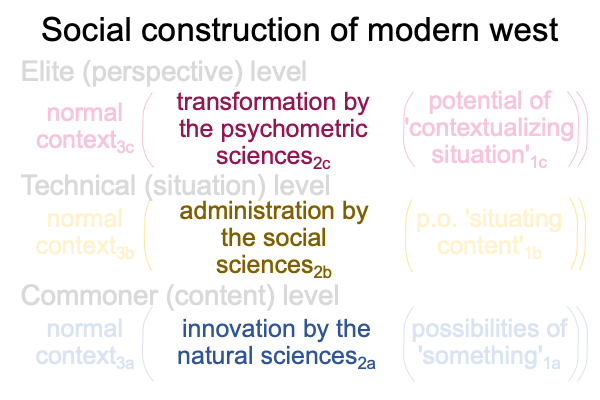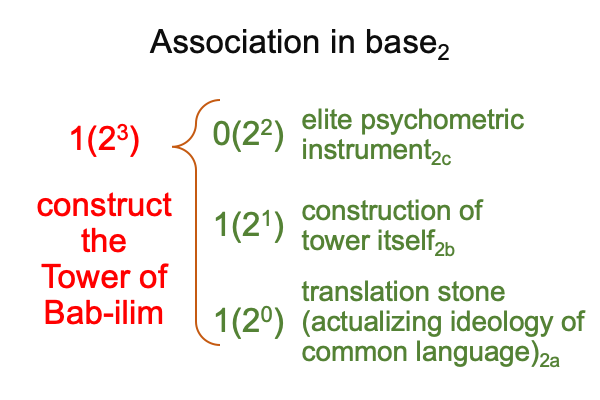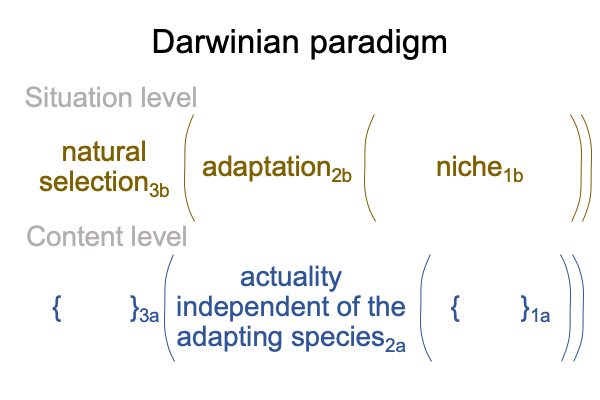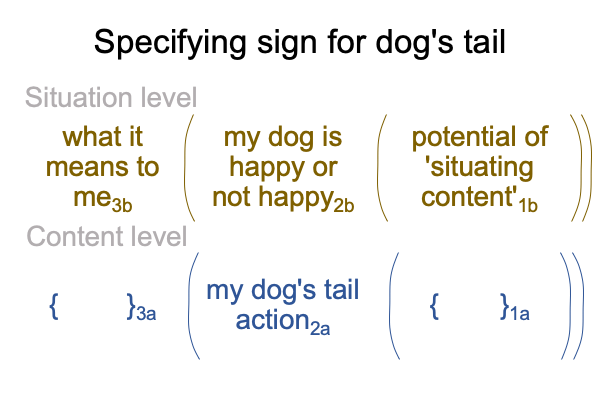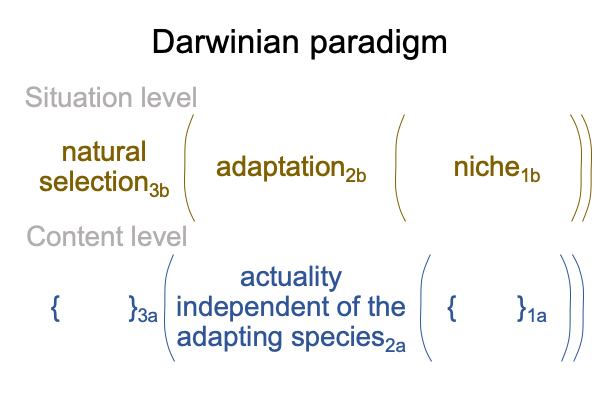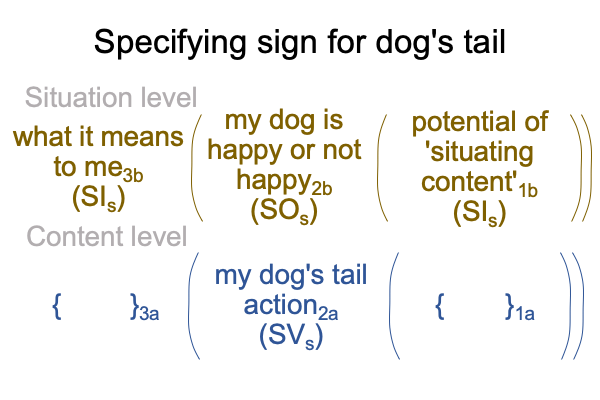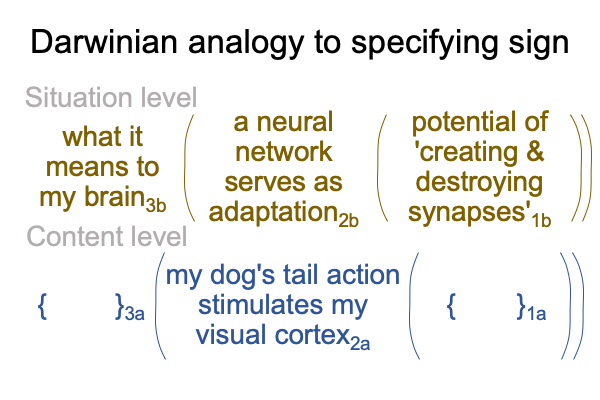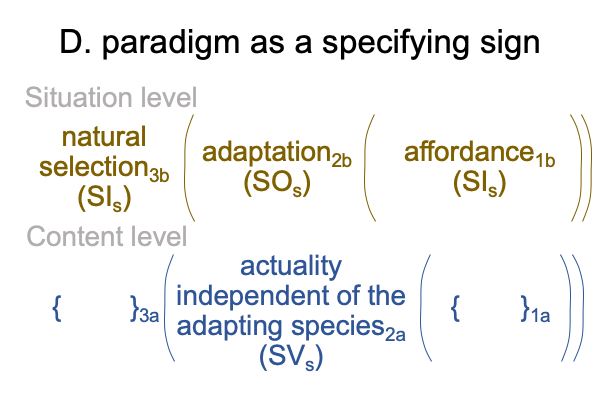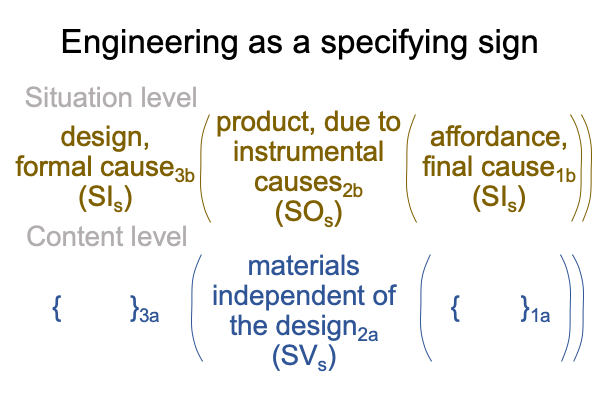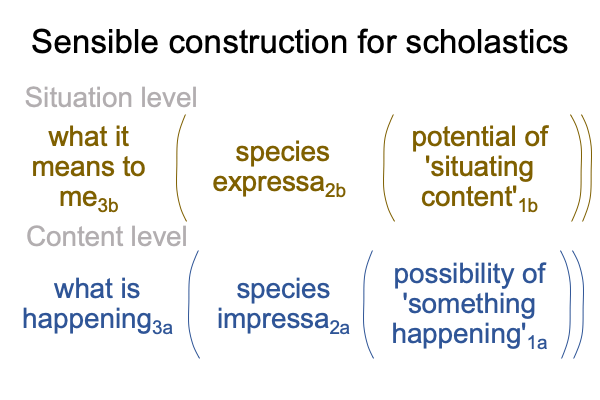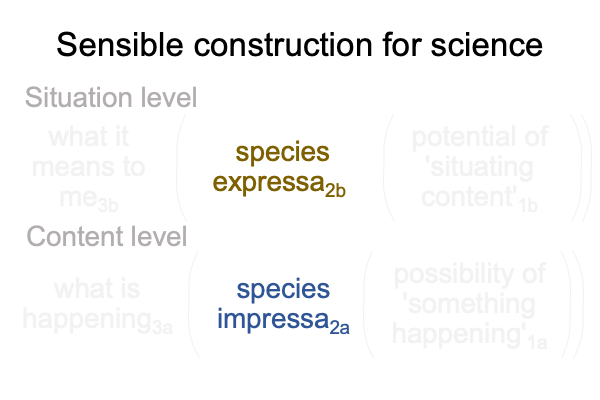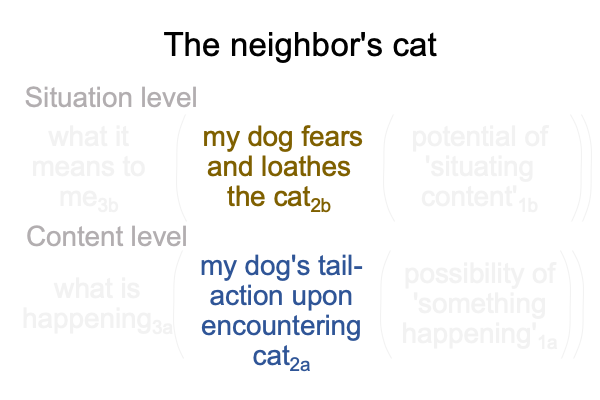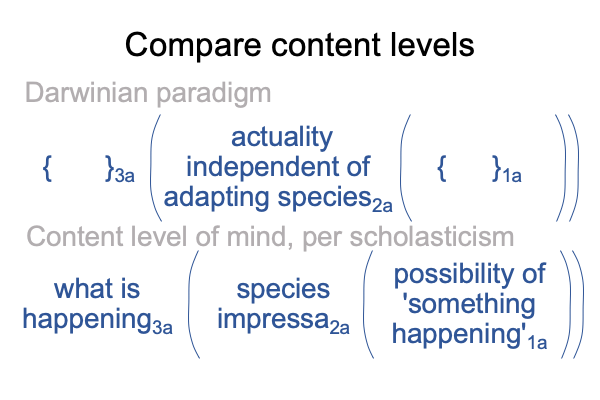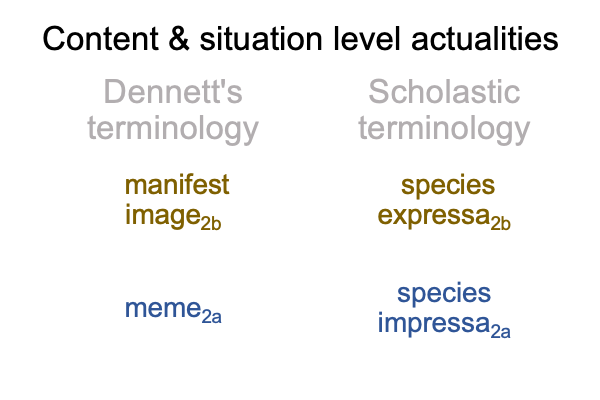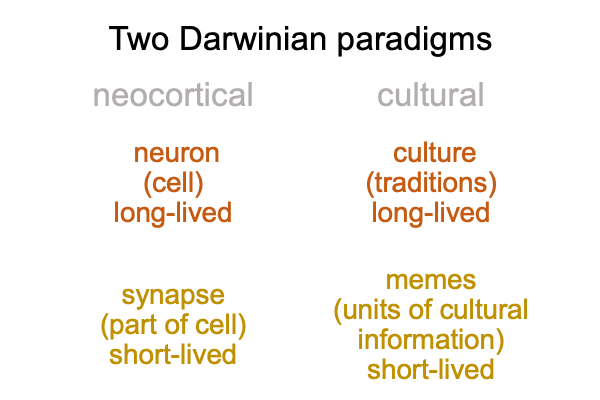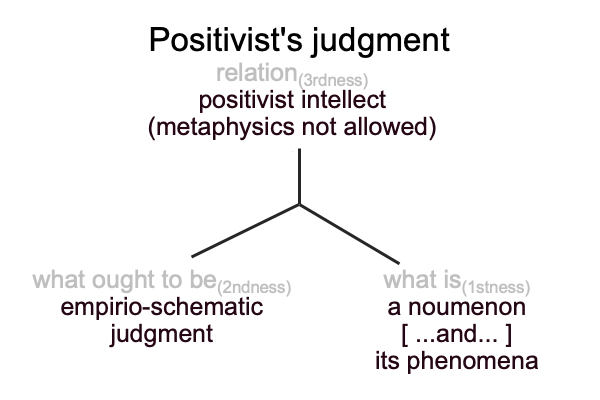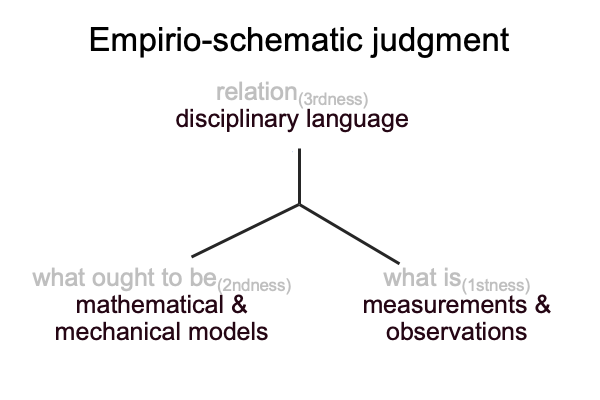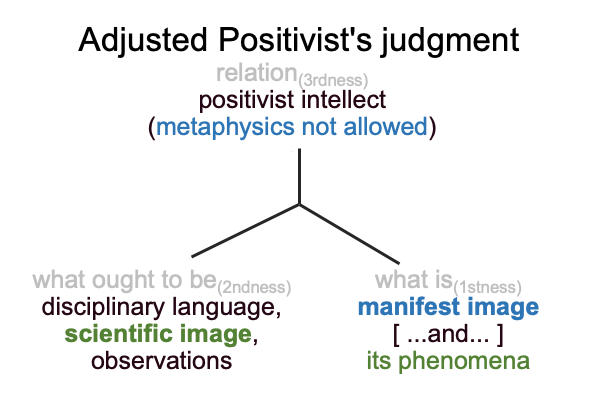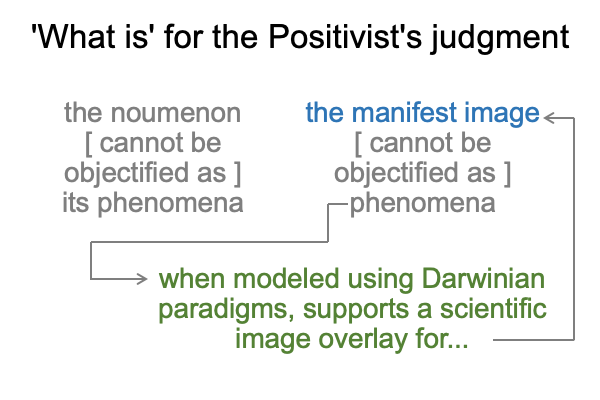Looking at Joseph Farrell’s Book (2020) “The Tower of Babel Moment” (Part 9 of 10)
0092 At the start of chapter five, Farrell appeals to his regular readers. Recall, The Gaza Death Star Deployed (2003) presents a hypothesis that the Great Pyramids of Egypt stand for a weapon of mass destruction.
0093 Well, it sure worked on the people on the plain of Shinar.
They got it in their heads that, because they practiced a common language, they could beat the Great Pyramid in terms of scale and psychometric capability.
Then, God destroyed them.
0094 What type of weapon is this?
The question sets the last Renaissance intellectual, a Jesuit, Fr. Athanasius Kircher (1602-1680 AD) into cognitive motion. Farrell dwells on Kircher’s engravings, which are at once informative (for commoners) and fantastic (for fellow elites).
0095 What does Kircher say about the Tower of Babel?
Well, first, Kircher does not have nice things to say about Nimrod. I will only mention that Nimrod worships fire, which should have inspired those industrious, illusion-enthralled, immigrant laborers on the plain of Shiner to be more studious in thoroughly burning their bricks.
That is not all.
I ask, “What does fire leave?”
Ashes.
0096 Second, Kircher draws a taciturn association between Nimrod and Saturn. Both are lords. Both are titans. Plus, Nimrod’s administrators construct a tower that incinerates the entire civilization. Only ashes remain. Smoldering, vengeful, nasty ashes. Sounds like Saturn to me.
0097 Third, the scale of the project renders it… unlikely… at best. In order to reach the firmament, roughly corresponding to the the orbit of the moon, five million laborers adding a mile to the top of the tower per week would not even come close to the moon, even after 400 years of work.
0098 Fourth, there are other options. What if the tower is the platform for some sort of weapon. One could place a giant lens (or a parabolic mirror) on top and smoke enemies from a great distance, using the focused rays of the sun.
In recounting this, Farrell reminds the reader of the importance of optics. Optics are foundational to the psychometric sciences. So is scale. So is time.
That brings me back to Saturn, the Titan once named Kronos. Kronos is the titan who ate his own children. Kronos is time itself. His wife, tiring of his ploy, offers a stone for one of them. Kronos swallows the stone whole. Then, his wife hides the infant, who grows into who else?… Zeus.
0099 The word, “Chronos”, needs rehabilitation. Modern psychometrics have dealt with worse. Today, human resources use software named, “Chronos”, in order to keep track of time for employees.
0100 In chapter six, Farrell celebrates the wormhole, the spiral staircase, drilling into the fruit of the tree of the knowledge of the natural and the social sciences. Farrell asks the reader to take a look. Why? Farrell wants the reader to explore, if not further tunnel into, the modern gate of the gods, the postmodern psychometric sciences.
0101 I once called them “interventional sciences”.
Then, the term, “advocacy sciences” seemed to fit.
Now, the qualifier, “psychometrics”, captures my imagination.
0102 Farrell offers a few suggestions before closing.
But, I cling to the lessons that Farrell offers.
0103 First, Farrell emphasizes the relatedness between Greenberg and Ruhlen’s linguistic families and the genetics of populations that speak the same language. The association between spoken languages and genetic groups is undeniable and supports the hypothesis that the vocal track is exapted for speech by a small population at the origination of our own species, Homo sapiens.
According to Razie Mah (in The Human Niche), speech is added to hand talk at the start of our species. Humans practice hand-speech talk for over 200,000 years. But now, all civilizations practice speech-alone talk. So, there is a transition. Mah calls it, “the first singularity”. The transition is dramatized in An Archaeology of the Fall. The transition is stated plainly in The First Singularity and Its Fairy Tale Trace. Both are available at smashwords and other e-book venues.
This examination further suggests that Greenberg-Ruhlen’s association is ingrained in humans, so that the impression of a common language will trigger the perception of one people.
0104 The coincidence between linguistic family and genetic heritage poses a problem for an obvious (or “exoteric”) reading of the Tower of Babel Moment. When isolated, both language and genetics naturally diverge. So, a Tower of Babel Moment is not required to explain the diversity of languages to the modern mind.
0105 Second, the scientific notion of the co-evolution of diverse languages and populations suggests the potential of a translator that renders any one spoken language into any other.
Indeed, if an expectation of the co-evolution of languages and populations is built into the human phenotype, as an adaptation, then this nascent awareness would be a good target for a society-wide illusion.
Third, the disruption of that illusion (and the delusions built upon that illusion) entails widespread societal… confusion.
Such is the subtle (or “esoteric”) reading of the Tower of Babel Moment.
0106 To conclude, I would like to associate Abram to the fall of Ur III. Why? The demise of Ur III marks the end of Sumerian as a spoken language. Sumerian continues as a written language for centuries longer.
As a spoken language, Sumerian dies. Akkadian remains.
The language is confounded for the Sumerians, not the Akkadians. The Tower of Babel is a story coming from an “insider” who now finds himself an “outsider”.
0107 Also, consider the societal fallout.
The Tower of Bab-ilim turns out to be a disaster.
Who gets the blame?
The last Sumerian families are finally ousted from their positions of institutional authority, to be replaced by the entitled children of the Nimrod-affiliated administrators (yes, the ones who cannot tell a thoroughly burnt brick form any other brick). The purge will not be contained by any authority, because the purge covers the stupidity and incompetence and hubris of those in charge of the the tower’s construction.
0108 On that note, Haran dies before his father, Terah, in the land of his birth, Ur of the Chaldeans (Gen. 11:28). So, Terah leaves with Abram and Sarai, along with Lot, the son of Haran, and settles in the land of Canaan (Gen 11:31). But, there is no respite from the intrigue emanating from home, so Abram goes on, according to Genesis, and the Stories of the Patriarchs commence.
And what happens to Genesis?The stories from Adam and Eve to the Tower of Babel, become fairy tales that Sarah tells her children.
See Looking at Mark S. Smith’s Book (2019) “The Genesis of Good and Evil” appearing in Razie Mah’s blog in late January 2022.

